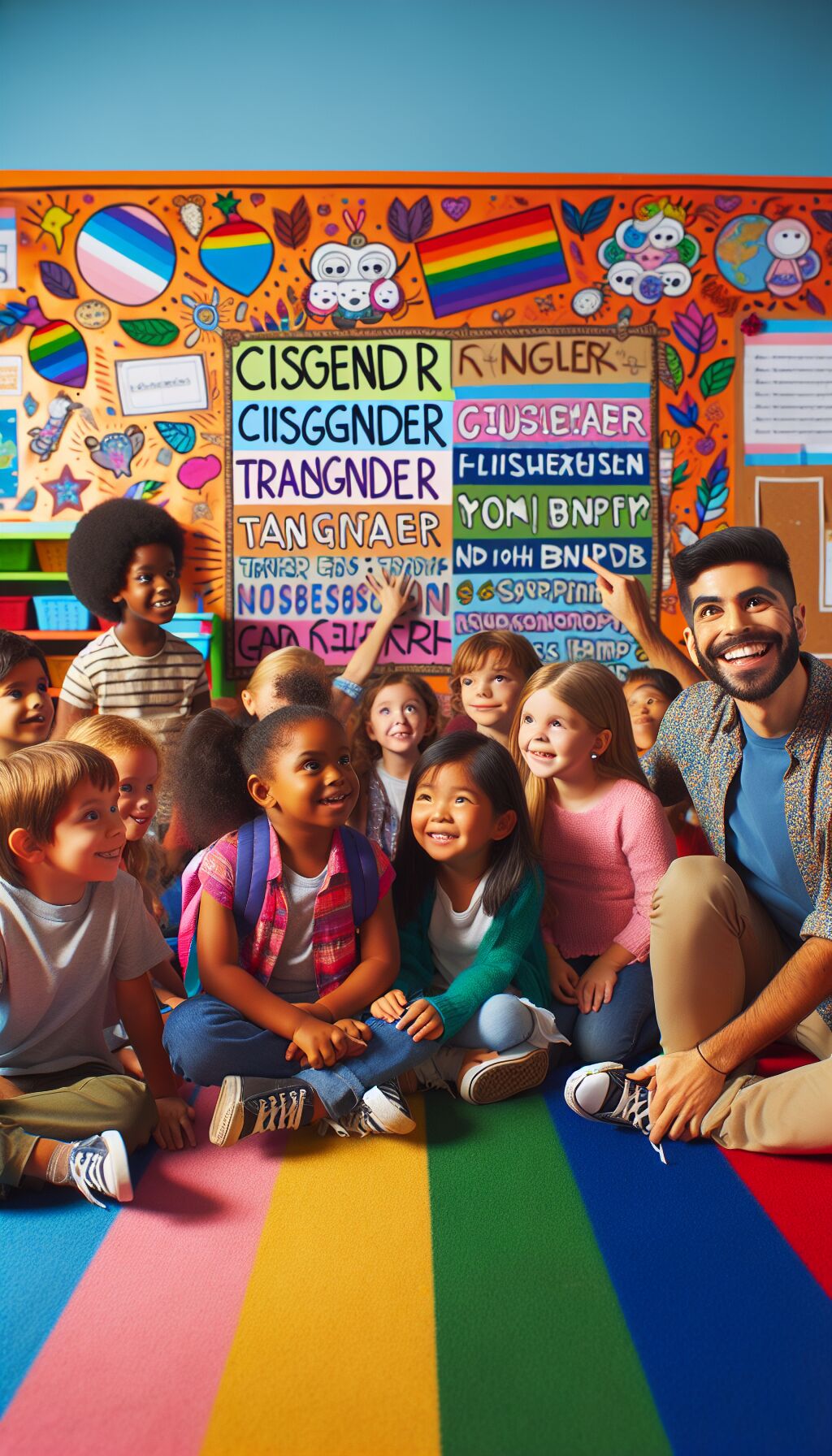Controversy Surrounds Gender Curriculum in NYC Elementary School
A New York City elementary school is facing scrutiny after a gender identity class aimed at kindergartners was leaked on social media. The course, designed to foster inclusion and respect among students, has sparked a heated debate about what topics should be introduced to young children in educational settings.
Details of the Curriculum
Hillside Elementary School, part of the Hastings-on-Hudson Union Free District, has incorporated a “gender curriculum” into its educational program. This initiative, according to course materials reviewed by Fox News Digital, aims to engage young students in understanding diverse gender identities as a means of promoting “inclusion” within the school environment.
The kindergarten curriculum involves showing students photographs of their peers to help them learn vocabulary that describes various identities. This includes introducing terms such as “cisgender,” “transgender,” and “non-binary.” In a message directed towards parents, the school emphasizes that the curriculum is rooted in the core value of respect.
Objectives of the Program
“Our gender curriculum focuses on Hillside’s core value of respect and aims to center discussions on gender identity,” reads the course description. “The students will learn and discuss that there is a lot you can’t tell about a person by simply looking at them.” The program encourages children to share their observations and thoughts regarding the images presented, creating a dialogue about identity.
The school further states that discussions will include “gender and the pronouns that you use,” emphasizing that vocabulary and understanding of gender can evolve as children grow. The Hastings-on-Hudson Union Free District’s communications team confirmed to Fox News Digital that these lessons have been in place for several years.
Official Response
Superintendent William S. McKersie addressed the controversy, noting that each class participates in one 30-minute gender lesson annually, facilitated by a certified educator. These lessons, according to McKersie, are structured to appreciate the diverse identities of classmates and align with the New York State Culturally Responsive-Sustaining Education Framework. Importantly, he clarified that the curriculum does not touch on sex education or broader sexuality topics.
However, following the viral spread of the curriculum description, the school district removed the specific gender lesson details from their public website, raising questions about transparency in their educational approach.
Social Media Reactions
The leak of the curriculum caught fire on social media, particularly after being shared by LibsofTikTok, an account known for highlighting content anticipated to be controversial on the left spectrum of politics. The post achieved millions of views, generating widespread debate regarding the appropriateness of such teachings in primary education.
New York City Councilwoman Vickie Paladino reacted to the situation, stating, “Our kids can’t read or write or even possess a basic understanding of history, yet the gender communism indoctrination of kindergartners continues unabated. This won’t stop until these people face real consequences.” Her remarks echo a growing concern among some parents and educators regarding the direction of the educational curriculum in schools.
Calls for Change
Kemberlee Kaye, managing editor of Critical Race Training in Education, added her voice to the conversation. She expressed her frustration through social media, urging parents to “get your kids out of government schools,” a sentiment that resonates with a faction of parents advocating for educational reform that aligns more closely with their values.
The controversy surrounding Hillside Elementary’s gender curriculum is indicative of a broader national discussion on the balance between inclusivity, education, and parental rights. As educational institutions navigate these sentiments, both supporters and critics of such curricula will continue to voice their perspectives on the appropriateness of teaching gender identity to young children.
Conclusion
The implementation of gender curricula in primary school settings is likely to remain a contentious issue among parents, educators, and policymakers. As the debate unfolds, communities will grapple with how to meet the educational needs of students while respecting diverse values and beliefs about gender identity.
